Wadsworth I (Destroyer No. 60)
1915-1936
Alexander Scammel Wadsworth -- born in 1790 at Portland, Maine -- was appointed midshipman on 2 April 1804 and was promoted to lieutenant on 21 April 1810. Lt. Wadsworth was the first lieutenant on board Constitution during that famous frigate's successful engagement with Guerriere in the War of 1812. For this action, he received a silver medal and was included in the vote of thanks received by Capt. Isaac Hull, the commanding officer, and his officers. Wadsworth later served as first lieutenant of the corvette Adams during that ship’s cruise in 1814 when she captured 10 prizes.
Promoted to master-commandant on 27 April 1816 for his services during the war, Wadsworth commanded the brig Prometheus in the Mediterranean Squadron after the Algerian War in 1816 and 1817 and later commanded the sloop John Adams. Under Wadsworth, John Adams conducted cruises in the West Indies in 1818 and 1819, and 1821 and 1822 for the suppression of piracy.
Promoted to captain on 3 March 1825, he commanded frigate Constellation in the Mediterranean Squadron from 1829 to 1832. Wadsworth was the commodore commanding the Pacific Squadron from 1834 to 1836, a member of the Board of Navy Commissioners from 1837 to 1840, and Inspector of Ordnance from 1841 to 1850. Como. Wadsworth died at Washington, D.C., on 5 April 1851.
I
(Destroyer No. 60: displacement 1,060; length 315'3"; beam 29'11"; draft 10'5"; speed 29.5 knots; complement 99; armament 4 4-inch, 8 21-inch torpedo tubes; class Tucker)
The first Wadsworth (Destroyer No. 60) was laid down on 23 February 1914 at Bath, Maine, by the Bath Iron Works; launched on 29 April 1915; sponsored by Miss Juanita Doane Wells; and commissioned at the Boston (Mass.) Navy Yard on 23 July 1915, Lt. Cmdr. Joseph K. Taussig in command.
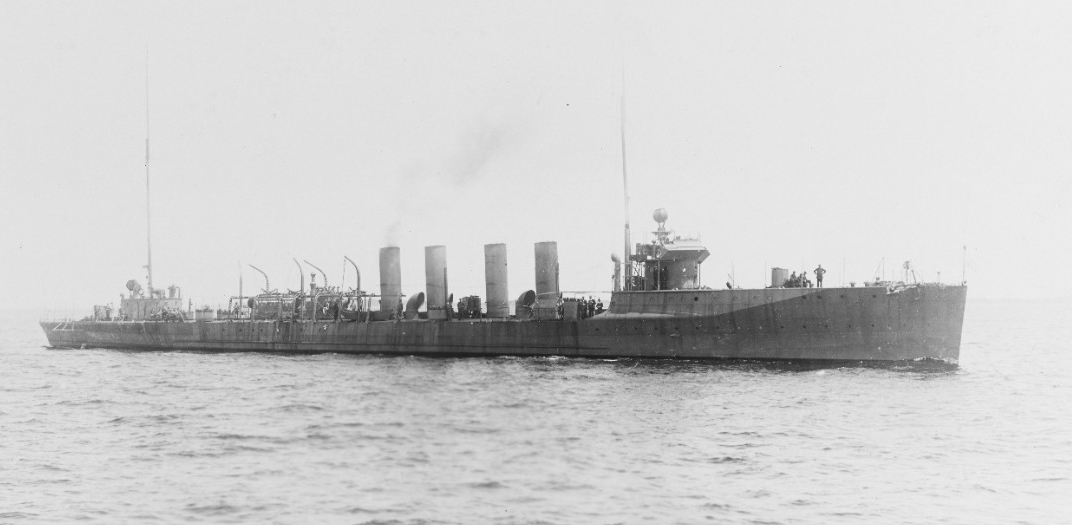
After trials and torpedo firing drills out of Newport, R.I., Wadsworth took up duty off the New England coast line in October as a unit in the Extra Division, Torpedo Flotilla, Atlantic Fleet. Her duty included patrols to insure America’s neutrality vis-a-vis the year-old European war. While at Rosebank, N.Y., on 13 December, Wadsworth was re-assigned to the Sixth Division, Torpedo Flotilla, Atlantic Fleet. She entered the New York Navy Yard on 17 December and remained there through the end of the year.
Wadsworth departed New York on 3 January 1916 and after a short visit to Newport, R.I., arrived at Boston on the 5th. On 7 January, she departed Provincetown, Mass., to join in the annual Fleet maneuvers in the Caribbean. After a stop at Norfolk, she reached the West Indies at Culebra Island, P.R., on 15 January and began a three-month round of war games, drills, and exercises. During her stay in the Caribbean, she visited the Cuban locales of Guantanamo Bay, Guacanayabo Bay, Manzanillo, and Santiago. On 10 April, she cleared Guantanamo Bay to steam north, stopped at New York for a five-week stay, and returned to Newport on 21 May. Wadsworth resumed operations along the New England coast, and the succeeding year passed in much the same way as its predecessor-summer operations along the northeastern coast followed by Fleet maneuvers in the Caribbean during the winter months.
At the completion of her second round of Fleet maneuvers in the spring of 1917, Wadsworth returned north as far as Norfolk, Va., where she arrived on 27 March. As America’s entry into hostilities loomed, she and her sisters began patrolling the Hampton Roads area to protect the naval bases and ships there against potential incursions by German submarines. On 6 April 1917, while the warship rode at anchor with the rest of the Fleet at Yorktown, Va., the U.S. declared war on Germany and entered the World War. Adm. William S. Benson, the Chief of Naval Operations, met with Adm. Sir Montague E. Browning, RN, Commander in Chief of the British North American and West Indian Squadron and Contre Amiral Grasset of the French Navy on 13 April and agreed to send six U.S. destroyers to European waters.
Wadsworth departed the York River for New York on 14 April 1917 and reached her destination the next day. One day later, 16 April, she got underway for the Boston Navy Yard. Arriving that same day, she initiated preparations to “fit out for distant service.” Designated as the flagship of the six-ship Special Service Division (later designated Eighth Division), Wadsworth stood out of Boston in the lead of Porter (Destroyer No. 59), Davis (Destroyer No. 65), Conyngham (Destroyer No. 58), McDougal (Destroyer No. 54), and Wainwright (Destroyer No. 62) on 24 April. One day out, Cmdr. Taussig opened his sealed orders directing him to proceed to Queenstown [Cobh], Ireland, and to report “to the Senior British Naval Officer present, and thereafter cooperate fully with the British Navy.” The destroyer HMS Mary Rose (G.29) met the division and fell into formation on 3 May escorting it into Queenstown (Base Six) on 4 May. The arrival of the destroyers was popularly hailed as the “Return of the Mayflower” and the people of Queenstown and the ships then in the harbor accorded them a great welcome. Upon arrival, all the destroyer commanding officers called on the U.S. consul, Vice Adm. Sir Lewis Bayly, RN, Commander of the Naval Forces on the Coast of Ireland, and the brigadier general commanding the British Army forces at Queenstown.
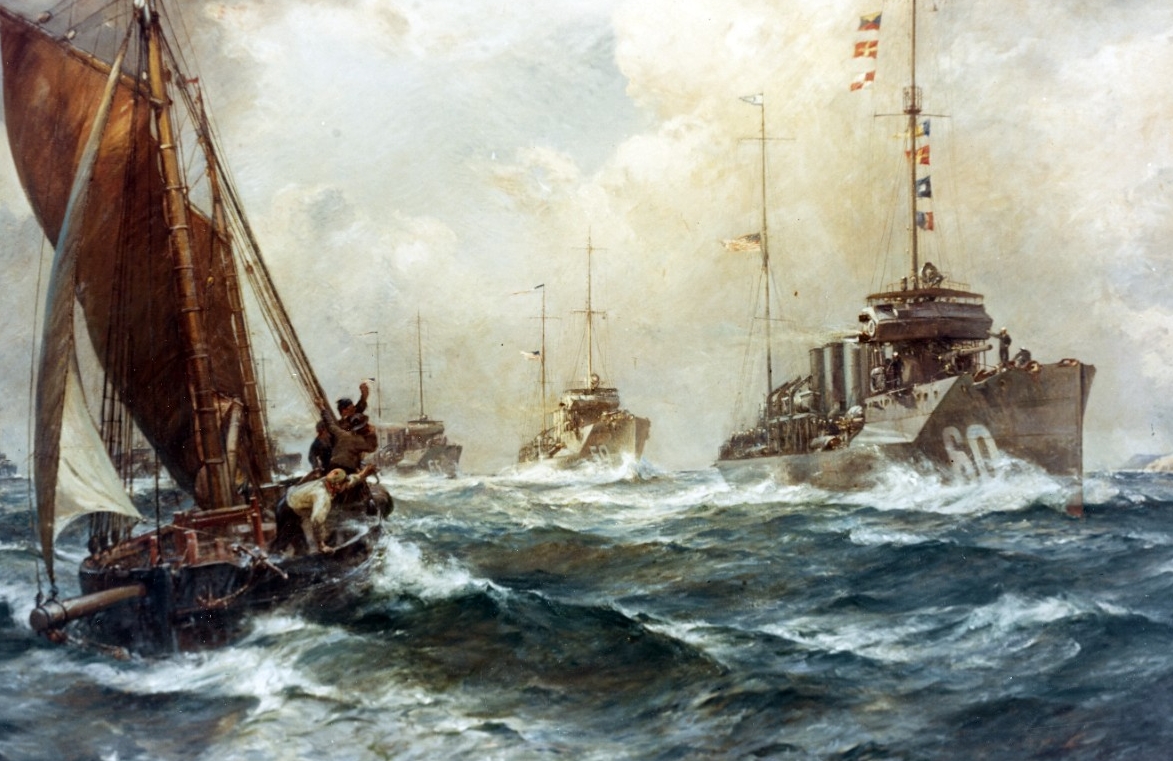
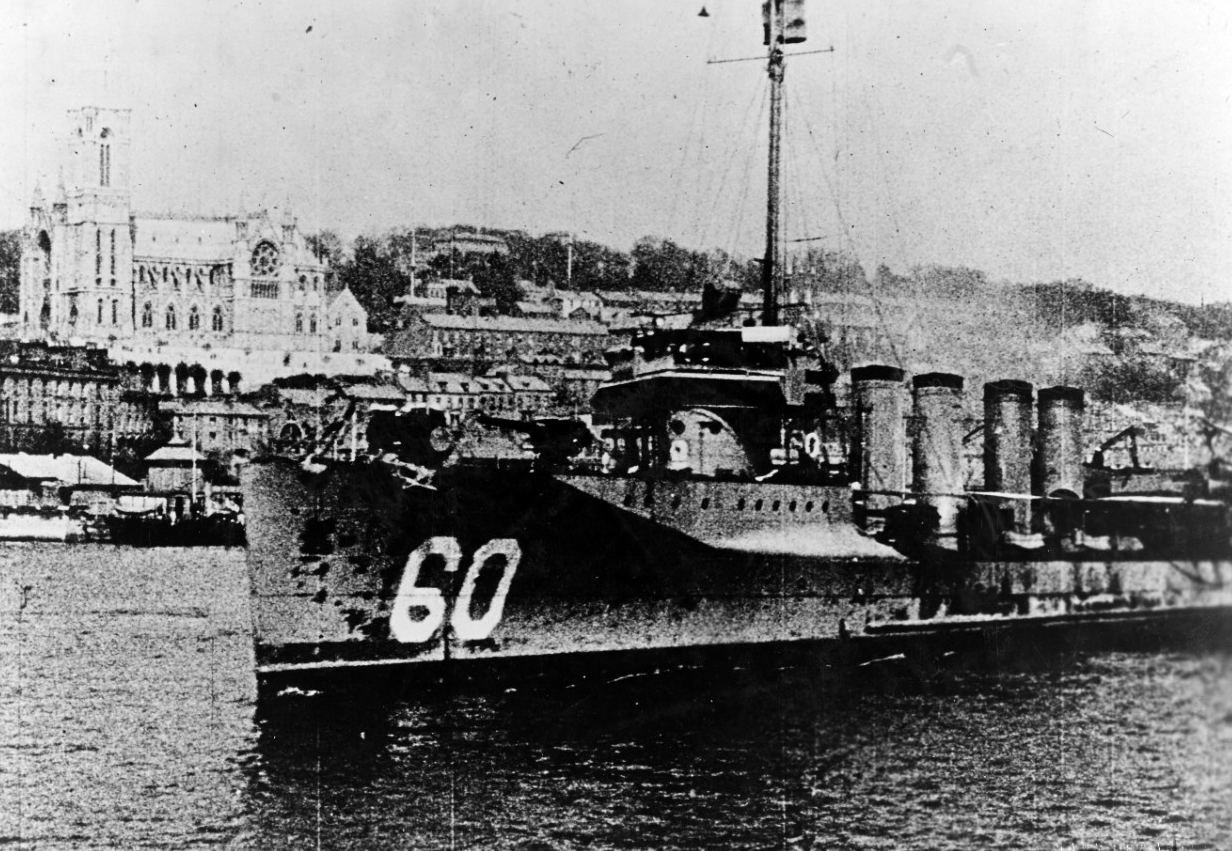
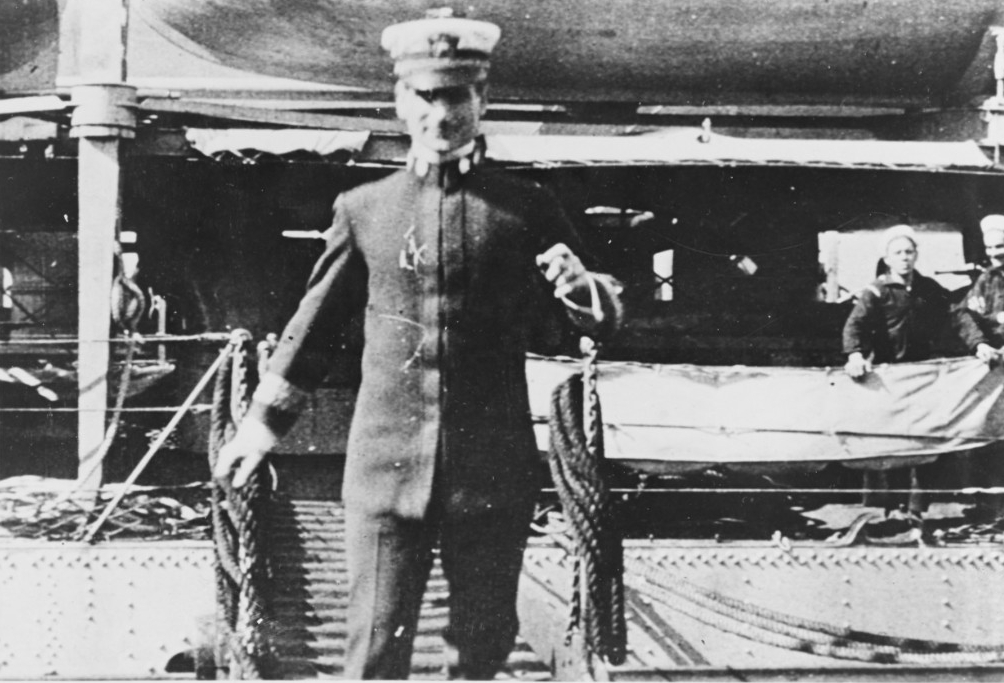
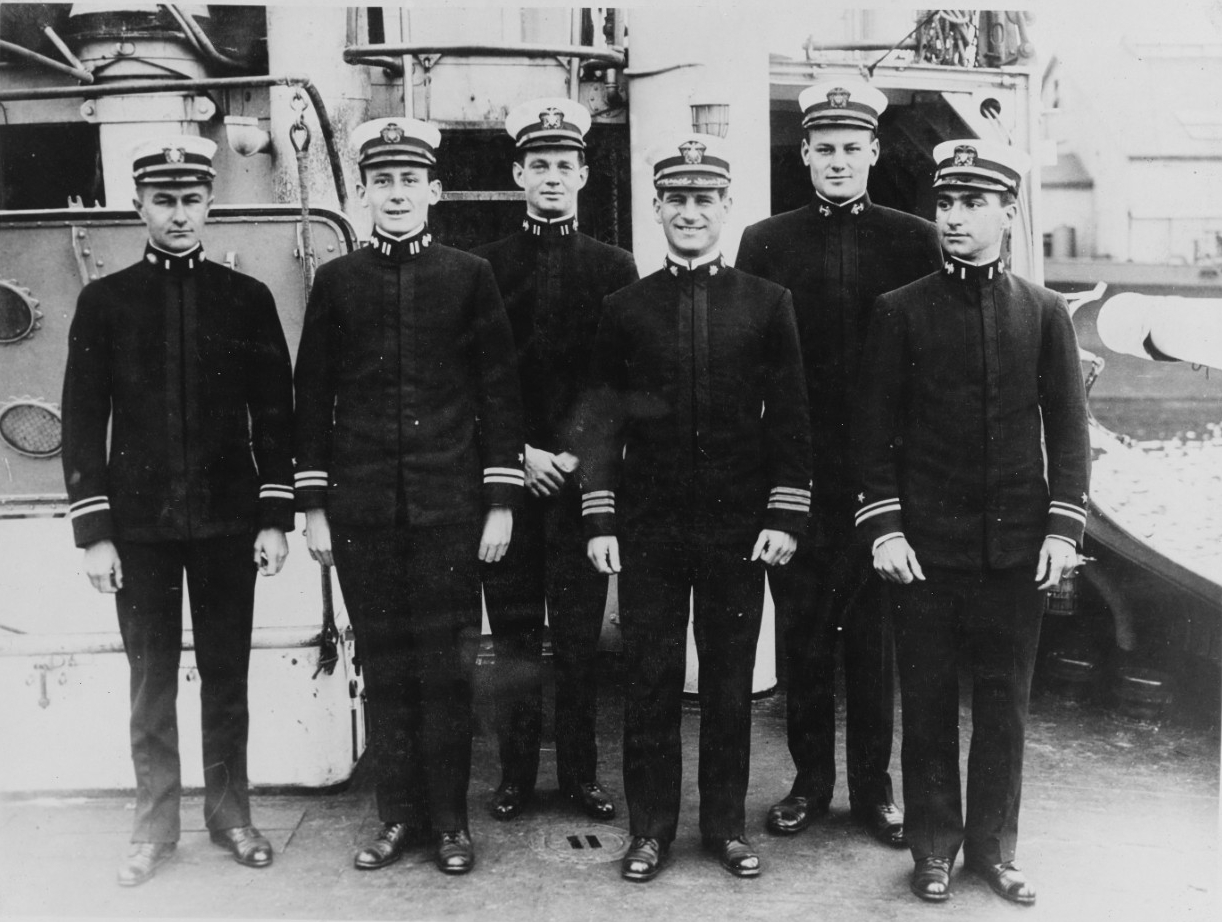
After undertaking preparations on 7 May 1917, Wadsworth, in company with McDougal, began patrolling the southern approaches to the Irish Sea on 8 May, the first combat patrol for the U.S. Navy in European waters during World War I. On 23 May, the broad pennant for the division was transferred to Melville (Destroyer Tender No. 2) at Queenstown.
Wadsworth’s first summer overseas proved to be the most eventful period of her wartime service. She sighted her first U-boat on 18 May, less than two weeks after she began patrols out of Queenstown. Though the destroyer sped to the attack, her adversary submerged and escaped. Three days later, Wadsworth picked up 11 survivors from the Q-ship HMS Paxton (Q.25, also known as the packet ship Lady Patricia) which had been torpedoed and sunk by U-46 (Kapitänleutnant Leo Hillebrand commanding) the preceding day. On 7 June, the destroyer caught a glimpse of another enemy submarine just before it submerged and escaped. Two days later, on 9 June, Wadsworth sighted what looked like a submarine on the surface at 4:46 a.m. Heading for the vessel, she opened fire with her forecastle gun. After having fired eight shots, the “enemy submarine” turned out to be the British patrol boat, P-14. As Wadsworth got underway on 14 June, she damaged her propeller blades when she struck a submerged object while maneuvering around a buoy. Divers were able to straighten the blades.
Between 24 and 27 June 1917, Wadsworth served as part of the escort for the first American troop convoy to reach Europe. The convoy was composed of Henderson (Troop Transport No.1), the merchant ships Momus, Antilles, and Lenape and was escorted by Birmingham (Scout Cruiser No. 2), Burrows (Destroyer No. 29), and the armed yachts Corsair (S. P. 159) and Aphrodite (S. P. 135).
Though she scored no definitely provable successes against German submarines, Wadsworth made depth charge attacks on four separate occasions in July and a gunfire attack in one other instance. The first two depth charge attacks on the 10th and 11th obtained no results whatsoever, and the gun attack, on the 20th, netted her the same. After sighting a double periscope the following day, however, she made a depth charge attack, during which one of the explosions seemed much stronger than those from the other charges she dropped. Moreover, a patch of reddish-brown material rose to the surface. Perhaps the destroyer had damaged a submarine, but no conclusive evidence was found to prove this possibility.
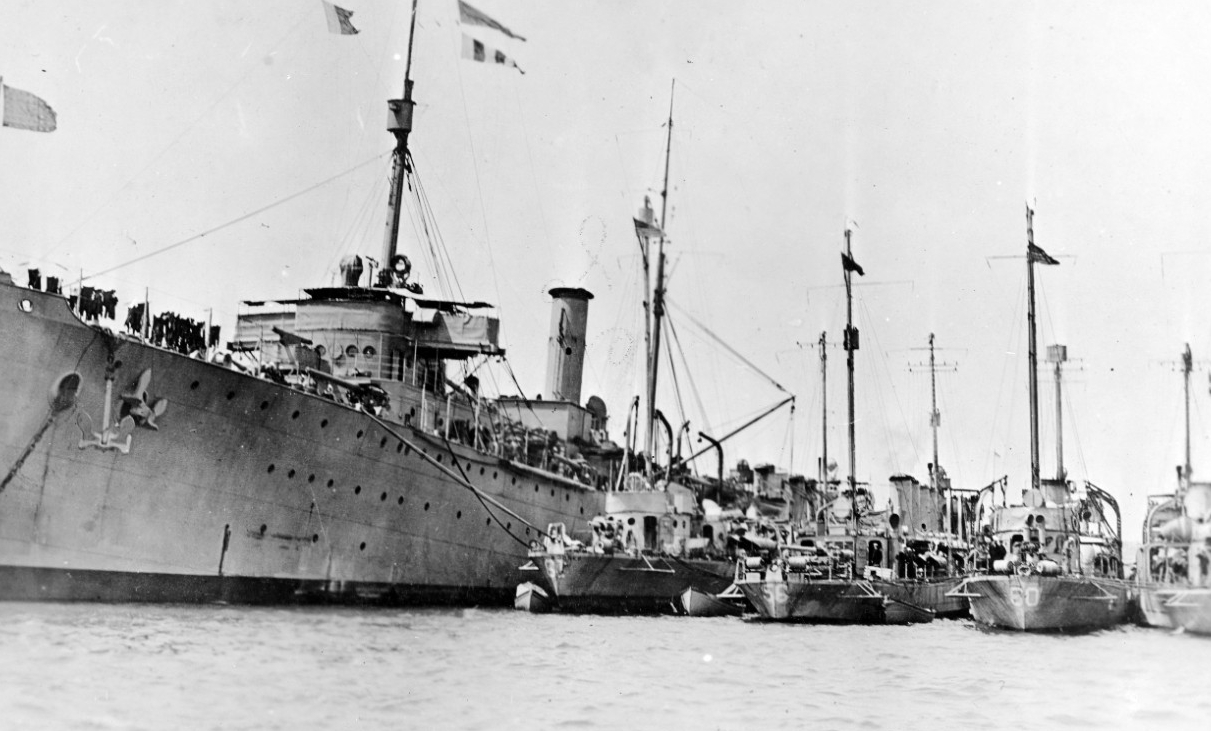
Wadsworth made her fourth depth charge attack on a U-boat on 29 July 1917. At about 5:25 p.m. that afternoon, she dropped several charges in what appeared to be the wake of a submerged submarine. The conjecture that a U-boat was damaged was supported by the appearance of a large amount of heavy oil on the surface afterward. Just before 11:00 p.m. that night, the warship attacked another supposed submarine wake. It was too dark to evaluate the results; but, not long thereafter, Trippe (Destroyer No. 33) struck a submerged metallic object which caused her to list 10 degrees temporarily. Later, Wadsworth’s wireless operator intercepted messages sent by a German submarine over a period of about half an hour. While none of this evidence can be construed as definitive, it does suggest that she may have damaged a submarine.
While escorting SS Acleri on 9 August 1917, Wadsworth reported a periscope on her starboard bow. Maneuvering to the location, she dropped a depth charge on an oil slick with no apparent result. Later in August, the destroyer concluded her summer of peak activity by escorting the first United States merchant convoy on the last leg of its voyage to Europe. During the mission, on 16 August, the destroyer dropped a barrage of depth charges on what was thought to be a submarine. On 3 October, Wadsworth received a message that a schooner was being shelled by a submarine 15 miles southeast of the Scilly Islands. At 1300, she came upon the U.S.-flagged schooner Annie E. Conlin out of Mobile, Ala., which had been shelled. Her crew had abandoned ship and her decks were awash. After the encounter, the destroyer headed for Queenstown.
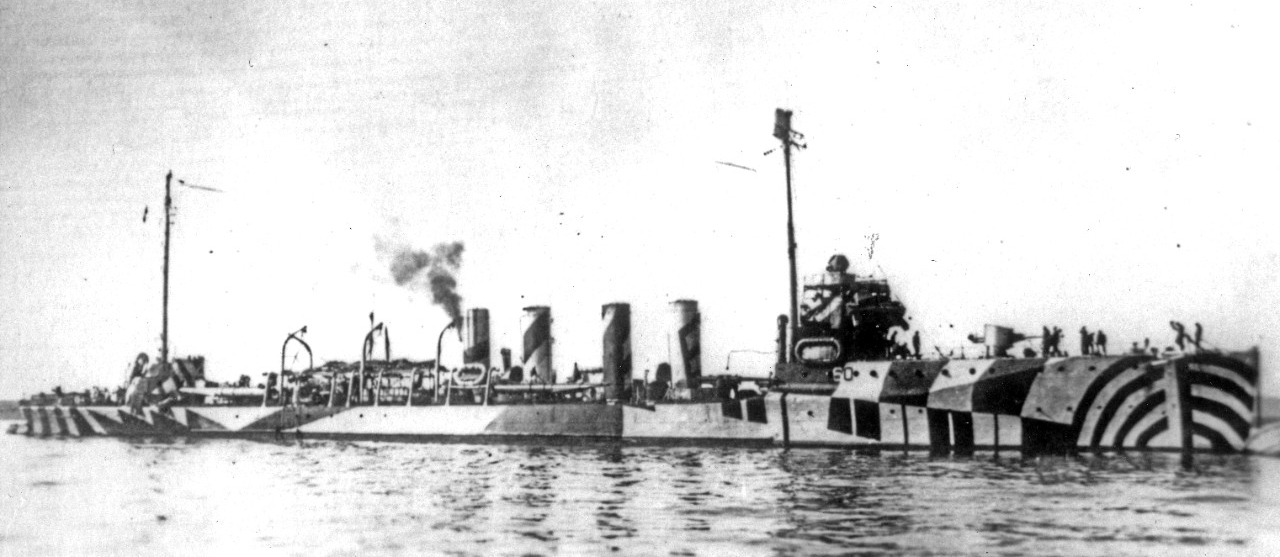
For the remainder of the war, Wadsworth’s encounters with the enemy were infrequent. In fact, her next submarine contact did not occur until 20 December 1917 when she observed two submarines close together. Moving ahead at full speed, she opened fire with her forecastle gun. Steaming through the oil slicks, she dropped three depth charges, but like those before, they resulted in no definite damage to the enemy.
With the new year 1918, Wadsworth was still operating from Queenstown. Getting underway on 4 January, she was dispatched to Tuskar with orders to meet up with Winslow (Destroyer No. 59) to “sweep up the west side of the Irish Sea and hunt for enemy submarines” between Kingstown and the Small Islands. Although the opening months of 1918 brought no new U-boat contacts, Wadsworth toiled hard escorting convoys and patrolling British waters. Late in February, the destroyer underwent repairs at Liverpool.
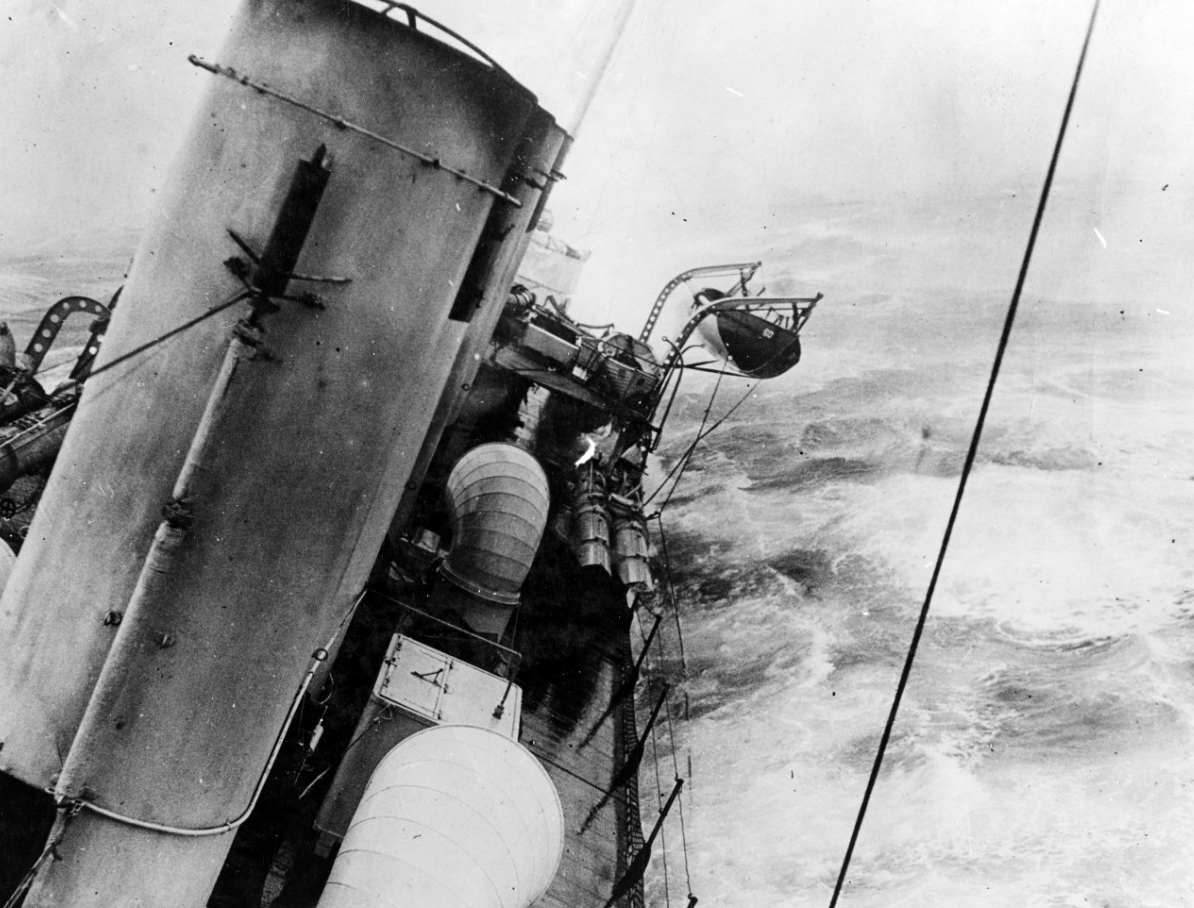
Wadsworth, on 23 February 1918, received orders transferring her from Queenstown. She got underway on 28 February as escort of Troop Transport Convoy 21 en route to France. Upon completion of this mission on 4 March, she remained at Brest, France (Base Seven) and transferred to U.S. Naval Forces Operating in France under Rear Adm. Henry B. Wilson. She operated from this station for the remainder of the war.
Within days of her arrival, Wadsworth got underway on 7 March 1918 and conducted her first escort based from Brest when she escorted SS Czar from the French port to Devonport, England in company with the French sloop Yser. During the ensuing months, the destroyer recorded only two scrapes with German submarines: the first on 1 June, while escorting the troop transport Leviathan (Id. No. 1326) in company with Nicholson (Destroyer No. 52) and the second on 25 October. In each case, she dropped depth charges, but produced no solid proof of damage to the enemy. After that second action, the destroyer reported to Liverpool the next day.
The Armistice of 11 November 1918 found Wadsworth still undergoing overhaul as there was a delay with the installation of her blister. Having departed the yard at the completion of her work, she returned to Brest. On 29 November, she, along with Burrows steamed to Plymouth, England, and arrived the next day. After operating between the Channel ports of Boulogne, France, and Dover, England, after 15 December, the destroyer returned to Brest on the 23rd.
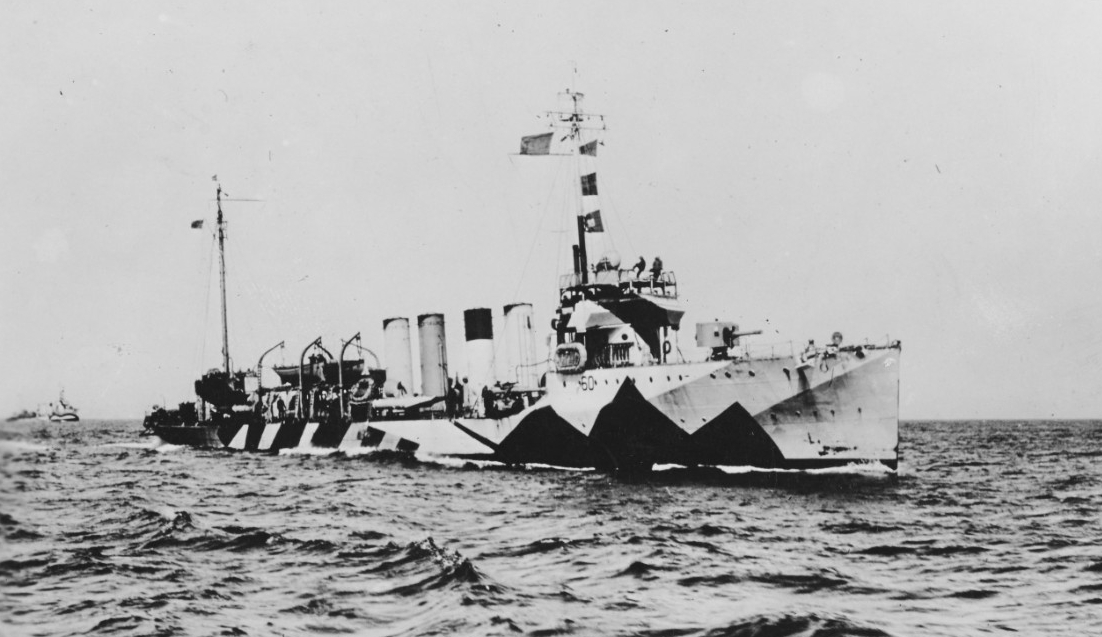
Wadsworth, with Rear Adm. Herbert O. Dunn embarked, stood out of Brest on 31 December 1918 for her return to the United States. Touching at Lisbon, Portugal, en route, she moved on to the Azores, arriving on 1 January 1919 and disembarking Rear Adm. Dunn. She departed the next day with orders to steam to New York. Arriving at Bermuda on the 7th, she remained one day before departing for her new destination, Boston, which she reached on 9 January 1919.
Following an extended overhaul at the Boston Navy Yard, she put to sea on 1 May 1919 to serve as one of the picket ships stationed at intervals across the ocean for the trans-Atlantic flight of four Navy Curtiss flying boats, one of which, NC-4, successfully completed the feat when she landed at Lisbon on 27 May. Wadsworth arrived at Ponta Delgada, Azores, on 7 May. She remained in the Azores conducting her picket duties until she departed for a return to the U.S. on 2 June and reached Newport on the 6th.
Wadsworth operated from Newport through the summer of 1919, punctuating that period with a port visit to New York. The destroyer arrived at the Philadelphia (Pa.) Navy Yard on 29 August and was placed in reduced commission. She remained there almost two years. During this time the destroyer was re-designated DD-60 on 17 July 1920 as part of a Navy-wide administrative re-organization. On 9 May 1921, she returned to active service and based at Newport, she operated along the east coast. She arrived at Charleston (S.C.) Navy Yard on 15 October and remained there through the end of 1921. Finally getting underway again on 24 March 1922, Wadsworth made a brief visit to Hampton Roads (25-28 March) before shifting to the Philadelphia Navy Yard, arriving there on the 29th.
Wadsworth was placed out of commission at the Philadelphia Navy Yard on 3 June 1922. The ship remained in reserve there until designated for disposal by sale on 30 November 1935. Wadsworth was stricken from the Navy list on 7 January 1936. Sold for scrapping on 30 June 1936, she was broken up by the purchaser by 12 August.
| Commanding Officers | Dates of Command |
| Lt. Cmdr. Joseph K. Taussig | 23 July 1915 – 15 November 1917 |
| Lt. Cmdr. Isaac F. Dortch | 15 November 1917 – 23 March 1918 |
| Lt. Cmdr. John C. Fremont Jr. | 23 March 1918 – 27 May 1918 |
| Lt. Cmdr. Charles C. Slayton | 27 May 1918 – 6 November 1918 |
| Cmdr. Nelson H. Goss | 6 November 1918 – 7 August 1919 |
| Lt. Hugh S. Sease | 7 August 1919 – 6 September 1919 |
| Ens. (T) Karl Sommerfeld | 6 September 1919 – 15 October 1919 |
| Lt. Guido F. Forster | 15 October 1919 – 17 July 1920 |
| Lt. Axel Lindblad | 17 July 1920 – 10 August 1921 |
| Lt. Cmdr. Louis E. Denfeld | 10 August 1921 – 3 June 1922 |
Christopher B. Havern Sr.
11 April 2017


